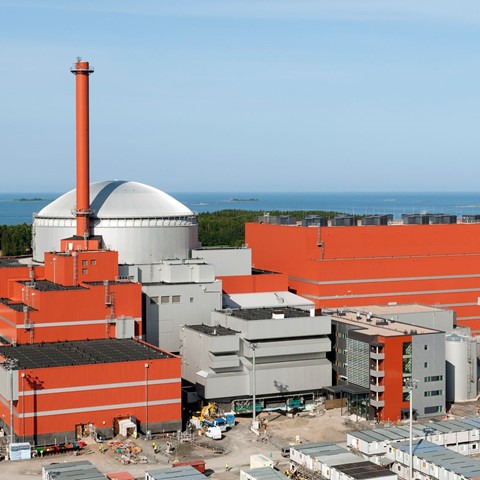We make use of cookies. When you click on agreed you are giving us your permission to do so. Please read our cookie statement for more information.
Challenges in the licensing process
Challenges in the licensing process for new nuclear power plants
02 September 2021
A key aspect in the planning of new-built of a nuclear power plant is licensing. The licensing process may introduce additional technical and operational requirements, which may lead to additional costs, and to challenges in relation to the time schedule for finalisation of a project. To allow for clear investment decisions and the prevention of cost overruns, it is of paramount importance that a transparent and harmonized licensing framework is provided. It should be possible to provide all relevant requirements and insights of the risks at the beginning of the project.

Wim van der Mheen
Principal Consultant Nuclear Safety at NRG
Support upfront
To remove political considerations from the licensing process, some kind of formally binding positive decision about a new-built project, which should be taken by the government and possibly parliament, can be very helpful to lower the investment risks. An example of this is the “Decision in Principle” in Finland, which is taken by the Finnish government, and ratified by the parliament.

Licensing process
Another risk in the process may be introduced by the separate licensing steps that need to be taken. In many countries, like The Netherlands, a construction license and an operating license must be consecutively applied for. Although there are legal constraints for rejecting an operating license application once the construction license is granted, this still constitutes a risk. In the US, the two steps were replaced by the single Combined Construction and Operating License (COL).
Pre-licensing of a site and/or a design is as an important feature of a regulatory system, reducing the risk of licensing and increasing the predictability of the licensing process. Good examples of this are the nuclear site licence and Generic Design Assessment (GDA) of new nuclear power plants as applied by the ONR in the UK, and the Early Site Permit and standard Design Certification as referenced by the COL in the US. Pre-licensing of the site and design and a one-step licensing process strongly reduce the risks in the licensing process.
Another important factor in the complexity of the licensing process is the design maturity; is the proposed nuclear facility a first of a kind (FOAK) or a well-established design. For new designs, a longer and more detailed review process is needed, which will have larger uncertainties. The earlier mentioned pre-licensing reduces these uncertainties.
Harmonisation of requirements
A way to facilitate licensing and at the same time reduce design and construction costs is international harmonization of safety requirements and standardization of reactor designs. In Europe, this is promoted by the EUR-organisation, consisting of European utilities, by application of the European Utility Requirements (EUR). However, even a design like the EPR, which was certified by EUR in an early stage, encounters design changes due to local differences in e.g. regulatory requirements and site conditions. This is demonstrated by the design challenges for Olkiluoto-3, Flamanville-3 and Hinkley Point C.
Gen-IV reactors
For next generation plants like Small Modular Reactors (SMR), standardisation and pre-licensing may have strong benefits. Since the design of an SMR can be very different from the commonly applied reactor designs, a thorough early review of the design by the safety authority and possibly pre-licensing are crucial and time-consuming steps. Once one standard module of an SMR is licensed, the licensing of the following modules will be much easier. Remaining licensing issues that will apply relate to multi-units aspects like the sharing of equipment and the mutual and combined impacts.
All together, there are several ways to simplify and facilitate a proper licensing process. For the challenges that are faced in the ambition for new-built of nuclear power plants these ways will be needed to sufficiently reduce the associated risks.
